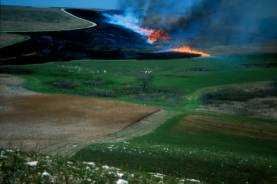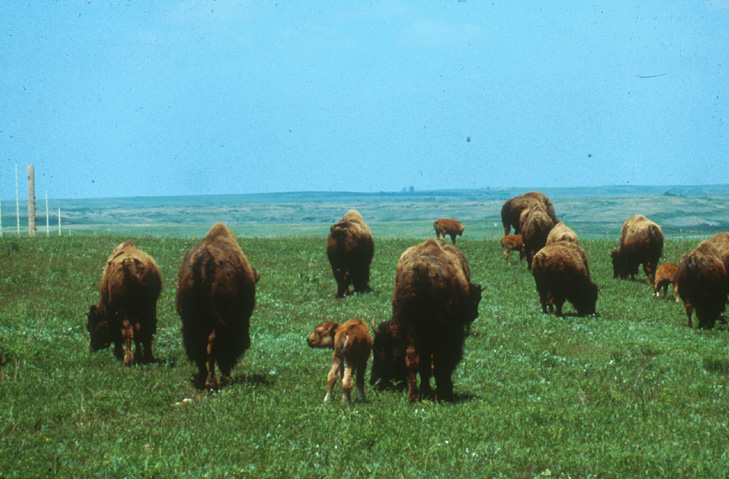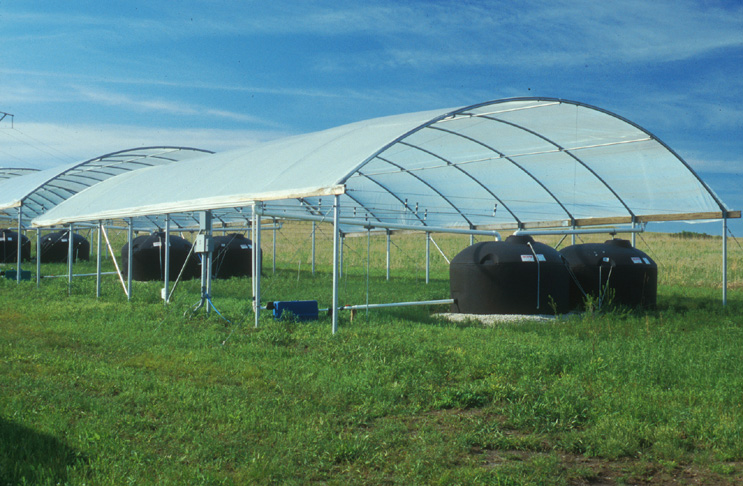|
|
KNZ About

The Konza Prairie LTER Program is a comprehensive, multidisciplinary program
designed to address long-term research questions relevant to tallgrass prairie
ecosystems, and the science of ecology in general. The Konza Prairie Biological
Station (KPBS), a 3487-hectare area of native tallgrass prairie in the Flint
Hills of northeastern Kansas, is the primary site for most of this research.
Since 1981, the broadly based Konza Prairie LTER research program has
encompassed studies from
the organismic through population, community, ecosystem and landscape ecology
levels. These studies are linked via an overarching theme that includes the  major abiotic and biotic factors influencing this ecosystem. Our central
hypothesis is that fire, grazing and climatic variability are essential and
interactive factors responsible for the structure and function of tallgrass
prairie. In contrast to many other grasslands where ecological processes are
constrained by chronic limitations of a single resource (e.g., water),
organismic to ecosystem processes and
dynamics in tallgrass prairie are products of spatial and temporal variability
in multiple limiting resources (water, light, N). Variability in, and switching
among, these primary limiting resource(s) are caused by both extant and historical
fire, grazing and climatic regimes. Moreover,
major abiotic and biotic factors influencing this ecosystem. Our central
hypothesis is that fire, grazing and climatic variability are essential and
interactive factors responsible for the structure and function of tallgrass
prairie. In contrast to many other grasslands where ecological processes are
constrained by chronic limitations of a single resource (e.g., water),
organismic to ecosystem processes and
dynamics in tallgrass prairie are products of spatial and temporal variability
in multiple limiting resources (water, light, N). Variability in, and switching
among, these primary limiting resource(s) are caused by both extant and historical
fire, grazing and climatic regimes. Moreover,  responses to these factors are strongly
dependent on topographic and landscape position. As a result of this complexity,
and because grazing and fire regimes are managed in grassland systems worldwide,
data from the Konza Prairie LTER program have relevance not only for understanding
grasslands, but for broader ecological issues such as stability-diversity questions
and interactions among land-use, biodiversity and climate change. responses to these factors are strongly
dependent on topographic and landscape position. As a result of this complexity,
and because grazing and fire regimes are managed in grassland systems worldwide,
data from the Konza Prairie LTER program have relevance not only for understanding
grasslands, but for broader ecological issues such as stability-diversity questions
and interactions among land-use, biodiversity and climate change.
|